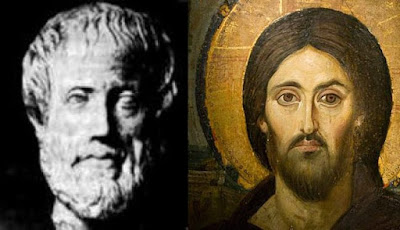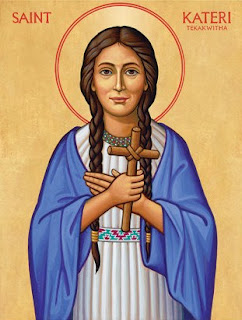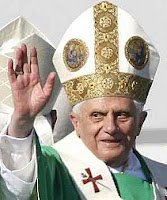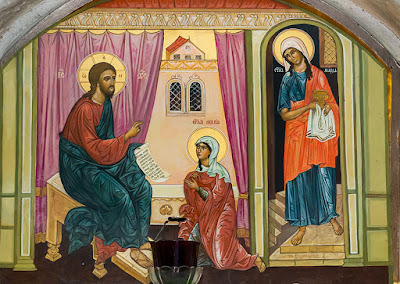Feast of Saint Bonaventure, Bishop and Doctor
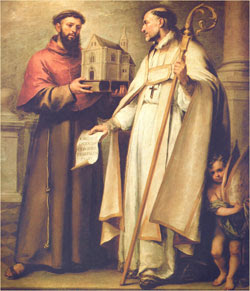
On July 15th, the Church commemorates the Feast of Saint Bonaventure. The Seraphic Doctor was born at Tuscany, Italy in 1221. At 22, he joined the Franciscan Order and went to Paris where he excelled in his theological studies. Fifteen years later, he was made General of his Order restoring calm at a time of enormous turmoil and internal dissent. Bonaventure is credited with the Franciscan's resurgence for his work consolidating an institution that was as yet ill defined in nature. Under his guidance, the Franciscans became the most prominent order in the Catholic Church until the coming of the Jesuits. Bonaventure was renowned for the force of his preaching, writing and scholarship. His Life of St. Francis was one of the most popular works of the Middle Ages. He died at Lyons in 1274 while assisting at the Second Council of Lyons, to reunite the Eastern church with the West. Bonaventure was so revered that Dante had already included him among the inhabitants of his literary &
